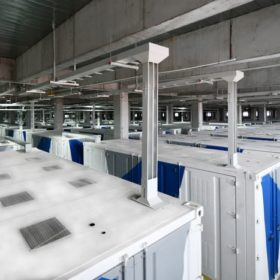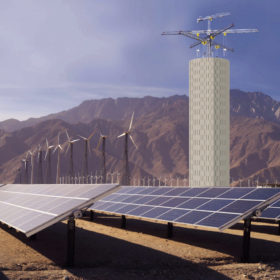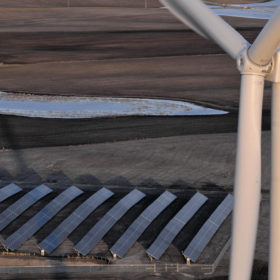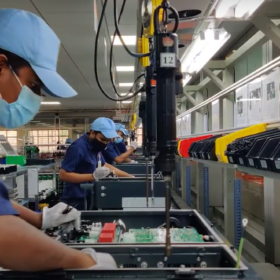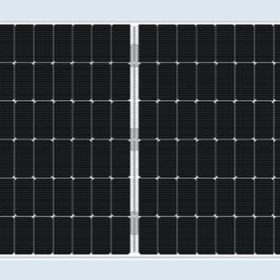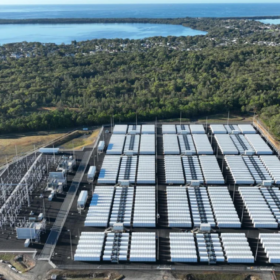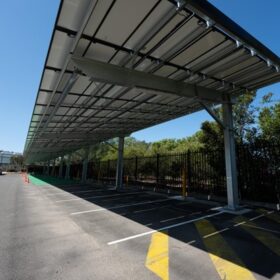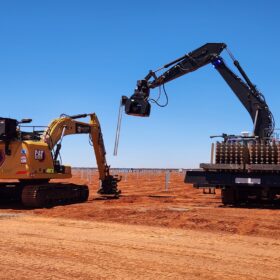World’s largest compressed air energy storage project goes online in China
The Chinese Academy of Sciences has switched on a 100 MW compressed air energy storage system in China’s Hebei province. The facility can store more than 132 million kWh of electricity per year.
China connects world’s largest redox flow battery system to grid
Dalian Rongke Power has connected a 100 MW redox flow battery storage system to the grid in Dalian, China. It will start operating in mid-October and will eventually be scaled up to 200 MW. The vanadium redox flow battery technology was developed by a division of the Chinese Academy of Sciences.
Longi announces new 415 W solar panel for residential, commercial applications
Longi unveiled a new 54-cell module at RE+ Anaheim last week, with outputs ranging up to 415 W, and an efficiency rating of 21.3%.
Longi achieves 26.12% efficiency for gallium-doped p-type heterojunction solar cell
The result, confirmed by Germany’s Institute for Solar Energy Research Hamelin (ISFH), was achieved on a heterojunction solar cell based on an M6 wafer.
Energy Vault to deploy 2 GWh of gravity storage in China
Energy Vault’s EVx storage system is comparable to pumped hydro, using grid-scale renewable energy when supply is abundant to drive motors and raise 30-ton blocks on a six-arm crane tower, rather than water, up to a height. When power needs to be discharged back to the grid, the blocks are lowered, harvesting the kinetic energy.
Construction begins on world’s second-largest PV project
A 3 GW solar installation will be built in the Tengger Desert, in northern China. It will require an investment of around $3.18 billion (CNY 15.25 billion).
Weekend read: Teamwork makes the green work
Solar-wind hybrid plants are rapidly becoming mainstream, and in booming markets like India and the US these hybrids are increasingly preferred to singular projects despite the higher installation cost. There is no shortage to the benefits of hybridisation, from a smoother power output profile to the cost saving of grid connection. But getting the balance right for new projects and retrofits remains a challenge. Blake Matich reports on this growing trend.
Sungrow mulling another new inverter factory outside of China
Sungrow told pv magazine at the recent Intersolar South America event in Sao Paulo that its cumulative delivered capacity in Latin America now stands at 9 GW, with 6 GW of the total delivered to Brazil alone.
Yingli unveils n-type TOPCon solar panel with 22.0% efficiency
Yingli’s 156-cell Panda 3.0 PRO module has a temperature coefficient of -0.30% per degree Celsius and is available in wattages ranging from 590 W to 615 W, with a bifaciality of more than 90%.
Polysilicon price relief in 2023 as industry scales to 500 GW
Clean Energy Associates says solar wafer pricing will fall by 23% by the end of 2023, while BloombergNEF sees 500 GW of manufacturing capacity online by the end of next year.

